When it comes to baking, there are a few different methods you can use: convection bake, bake, and roast. Each has its own benefits and drawbacks, so it’s essential to understand the difference between them before deciding which is best for your recipe. In this blog post, we’ll take a closer look at convection bake vs bake and explain the pros and cons of each. By the end, you’ll be able to choose the right baking method for your needs!
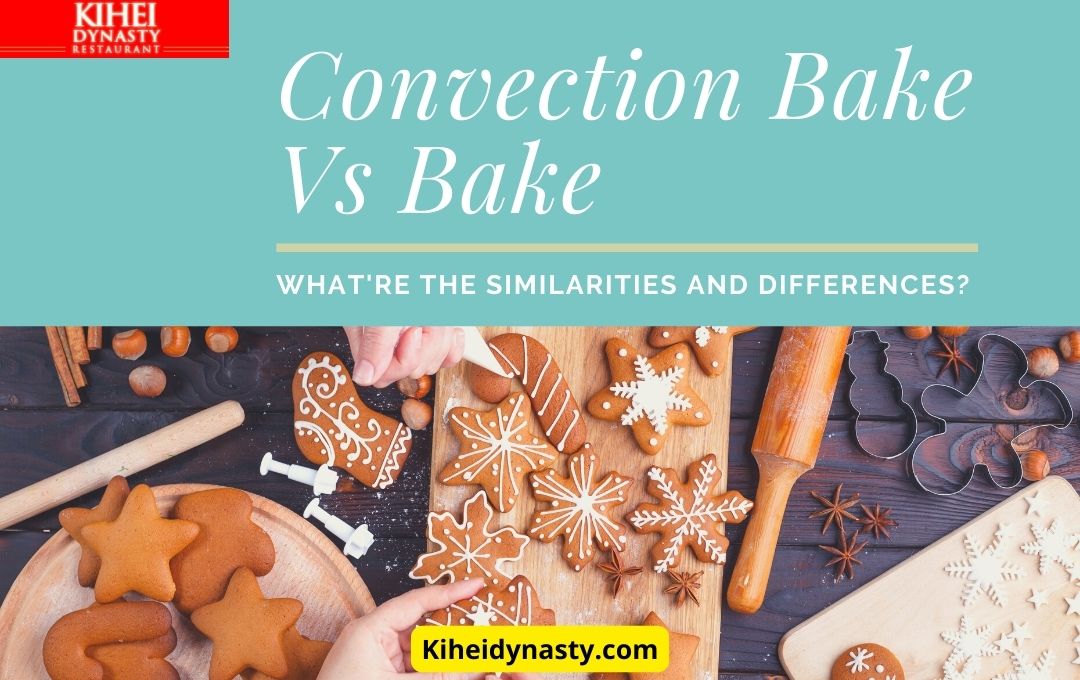
What is a Convection Bake?
Convection bake is a type of baking that uses hot air to circulate food, cooking it evenly on all sides. This method is often used for baked goods that need to be cooked quickly and evenly, such as cakes and cookies.
How does Convection Bake Work?
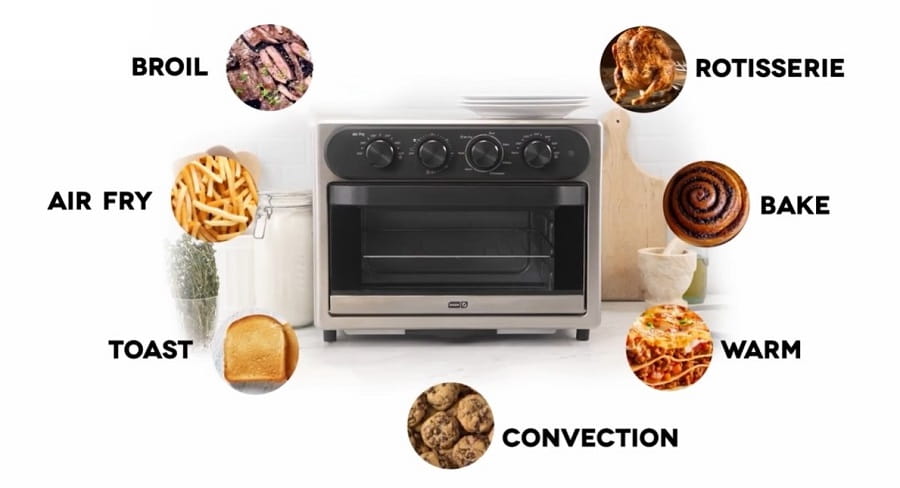
Convection bake uses a fan to circulate hot air around the food. This helps cook the food evenly on all sides and prevents it from drying.
Pros:
- Cooks food evenly on all sides: Convection bake is ideal for baking goods that need to be cooked evenly on all sides, such as cakes and cookies. The circulating air will help to prevent them from drying out or overcooking on one side.
- Quick-cooking time: In a convection oven, food cooks about 25% faster than in an ordinary oven because hot air is blowing right onto it rather than just around it.
- Can brown food: Air in a regular oven can become a bit humid, making it tough to get a good sear or crust on food. Convection bake circulates that air, allowing food to brown more evenly.
- Saves energy: Food cooks faster and at a lower temperature in a convection oven, so it’s more energy-efficient than in a regular oven.
Cons:
- Not suitable for all recipes. Some recipes, such as those for delicate cakes or bread, may not work well in a convection bake.
- Requires special equipment. A convection bake requires special equipment, such as a fan, to circulate the hot air.
- More expensive than other methods. Convection bake is often more expensive than other methods due to the additional equipment required.
What is Bake?
Bake is a type of baking that uses radiant heat to cook food. This method is often used for recipes that require slow cooking, such as casseroles and pies.
How does Bake Work?
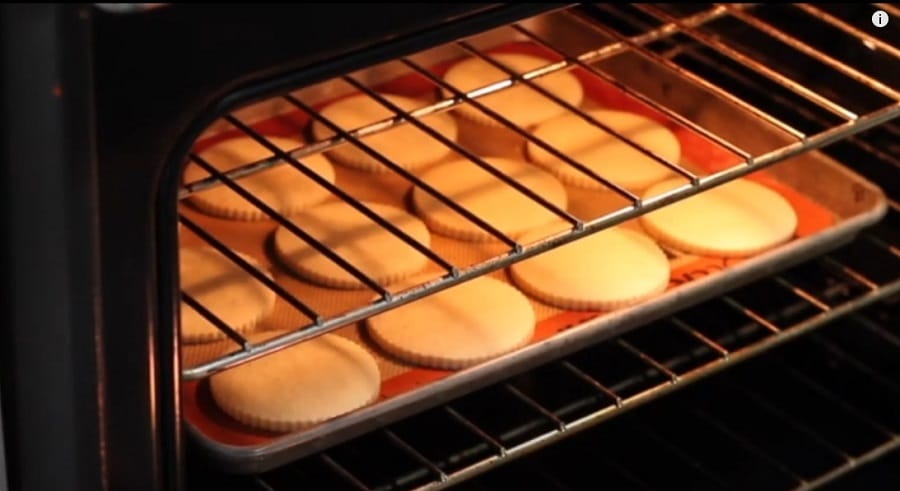
Bake works by using radiant heat for cooking food. This means that the heat comes from the oven walls and not directly from the element.
Pros:
- Suitable for all recipes: Bake can be used for any recipe, including those that require slow cooking, such as casseroles and pies.
- No special equipment is required: Bake does not require any special equipment, making it a more economical option than convection bake.
- Slow cooking time allows flavors to develop: The slow cooking time of bake allows flavors to develop and mingle, giving food a richer taste.
Cons:
- Takes longer than other methods: Bake can take longer than other methods, such as convection bake because it relies on radiant heat to cook food.
- May not brown food: The slow cooking time of bake may prevent food from browning as much as it would in a convection oven.
So, which baking method should you use? It depends on the recipe you’re making. If you need your food to be cooked quickly and evenly, convection bake is the way. However, bake is the better choice if you’re looking for a slow-cooked flavor.
Similarities Between Convection Bake And Bake
- Both use hot air for cooking food: Convection bake uses circulating hot air, while bake uses radiant heat.
- Both can be used for different recipes: Convection bake is often used for baked goods that need to be cooked quickly and evenly, such as cakes and cookies. Bake can be used for any recipe, including those that require slow cooking, such as casseroles and pies.
Differences Between Convection Bake Vs. Regular Bake
- The main difference between bake vs. convection bake is how the heat is distributed. Convection bake uses a fan to circulate the hot air, while regular bake does not. This means that convection bake will cook food evenly on all sides, while regular bake may not.
- Another difference between the two methods is the cooking time. Convection bake is typically quicker than regular baking due to how the heat is circulated.
- And the temperature required for each method is different. Convection bake requires a lower temperature than regular baking due to how the heat is circulated. You may need to lower the Convection bake temperature to avoid overcooking food.
- Convection bake is typically more extensive than standard bake since they have fans.
- Lastly, most recipes have been tested using traditional (non-fan ovens). This means you may need to experiment with convection bake, as the cooking times and temperatures may differ slightly.
So, which method should you use? It depends on what you’re trying to achieve with your recipe. Convection bake is the way to go if you need evenly cooked food. However, a regular bake may be better if you’re looking for a slow-cooked flavor.
You may like:
What Can Foods Be Cooked in a Convection Bake?
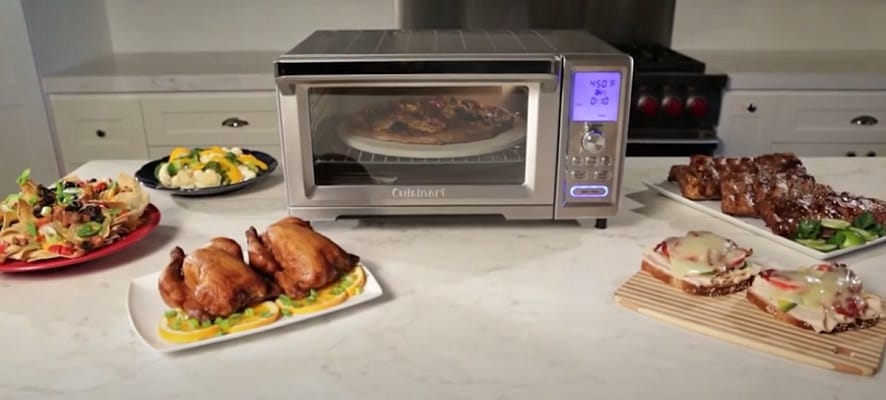
There are a few different types of food that can be cooked in a convection bake, such as:
- Cakes: Cakes cook quickly and evenly in a convection bake, making them the perfect choice for this method.
- Cookies: Cookies also benefit from a convection bake, as they cook quickly and evenly. This is especially true for thin cookies that can burn quickly.
- Pies: Pies can be cooked in a convection bake, but the crust may not brown as well as it would with a regular bake.
- Crusty Bread: Bread with a crusty exterior benefit from a convection bake, as the heat circulates the bread and helps to crisp the crust.
- Pizza: Pizza also cooks well in a convection bake, as the heat circulates the pizza and helps cook the toppings evenly.
- Roasts meats and vegetables: Roasts meats and vegetables can be cooked in a convection bake, but the cooking time may need to be adjusted.
- Casseroles: Casseroles can be cooked in a convection bake, but the cooking time may need to be adjusted. Convection baking will save you 25-30 minutes off your bake time! It’s ideal for quick dinners on a weeknight.
- Toasting or dehydrating: Convection baking is more efficient at removing moisture than a regular bake. When making dried fruit or jerky, use convection mode rather than standard.
What Can Foods Be Cooked In a Bake?
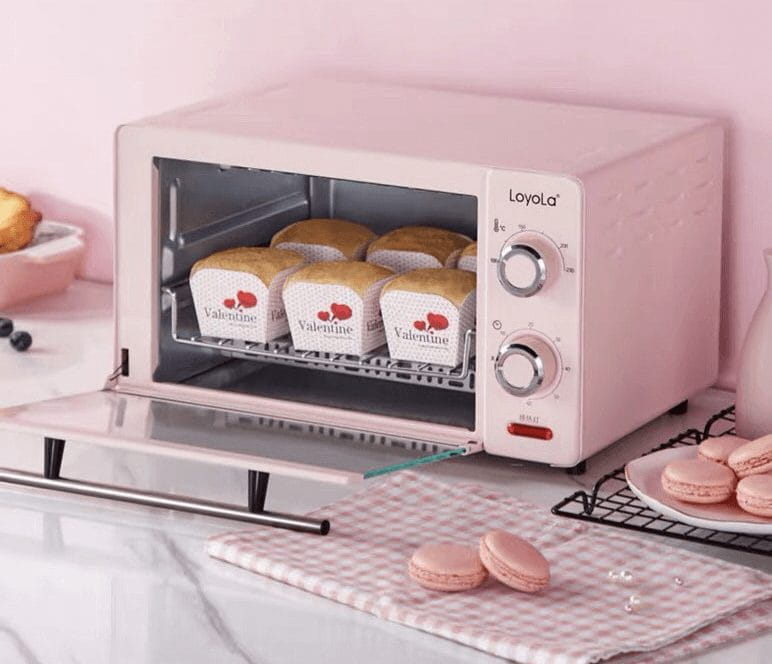
There are a few different types of food that can be cooked in bake, such as:
- Casseroles: Casseroles cook slowly and evenly in regular baking, making them the perfect choice for this method.
- Pies: Pies can also be cooked in bake, and the crust will brown nicely due to the slow cooking time.
- Bread: Bread benefits from bake, as the slow cooking time allows the flavor to develop.
- Roasts meats: Roasts meats can be cooked in regular bake, and the slow cooking time helps to tenderize the meat.
- Soft, yeasted bread: Soft, yeasted bread can be cooked in bake, but the slow cooking time may cause the dough to over-rise.
- Cupcakes: Cupcakes can be cooked in bake, but the slow cooking time may cause them to overcook.
What are Some Tips for Convection Bake?
There are a few tips to keep in mind when convection baking, such as:
- Preheat the oven: Be sure to preheat the oven before cooking. This will help ensure that the food cooks evenly.
- Reduce the temperature: Most recipes don’t have “convection bake” instructions, so the temperature should be reduced by 25 degrees Fahrenheit when using a convection bake.
- If you’re making a cake for more than an hour, reduce the cooking time by 25 percent (don’t decrease the temperature).
- Use a dark pan: Use a dark pan when convection baking to help brown the food.
- Bake one item at a time: It’s best to bake one item at a time when using a convection bake, as this will help ensure even cooking.
- Check the food frequently: Be sure to check it frequently, as it can cook quickly in a convection bake.
- Make sure you have proper circulation: Make sure there is proper circulation around the food, as this will help ensure even cooking. To avoid charred pizzas, ensure adequate space in the oven.
- Use an oven thermometer: Use an oven thermometer to check the oven temperature, as convection ovens can run hot.
What are Some Tips for Regular Bake?
There are also a few tips to keep in mind when regular baking, such as:
- Preheat the oven: Just like with convection baking, preheat the oven before cooking.
- Do not open the door: Avoid opening the door while the food is cooking, as this can cause the heat to escape and the food to cook unevenly.
- Check the food towards the end of the cooking time: Checking it towards the end will help ensure that it doesn’t overcook.
So, which baking method should you use? It depends on what you’re trying to achieve with your recipe. Convection bake is the way to go if you need evenly cooked food. However, a regular bake may be better if you’re looking for a slow-cooked flavor. Whether convection bake or regular bake, there are a few tips to keep in mind to help ensure success. By following these tips, you’ll be sure to create a delicious dish no matter which method you choose.
FAQs
Q. Differences Between European Vs. American Convection Ovens
A. You should know a few key differences between European and American convection ovens.
First, European convection ovens often have two fans, while American models usually only have one.
Second, European convection ovens tend to circulate the hot air more evenly throughout the cooking chamber.
Third, European models also generally have higher temperatures than their American counterparts.
Q. Can I Use Parchment Paper in a Convection Oven?
A. Yes, you can use parchment paper in a convection oven. Parchment paper is a food-safe paper that’s often used in baking. It helps prevent sticking and burning and can be used in regular and convection ovens.
Q. When Not to Use Convectional Cooking?
A. There are a few instances when you might not want to use convection cooking. For example, if you’re baking something that’s delicate or has a soft crust (like a soufflé), you’ll want to avoid using convection heat. Another instance where you might not want to use convection is if you’re roasting a large piece of meat.
The convection heat can cause the outside of the meat to dry out before the inside is cooked. So, if you’re not sure whether or not to use convection, it’s always best to err on the side of caution and stick with regular baking.
Q. Is It Possible to Use a Stainless Steel Pan in a Convection Oven?
A. Yes, you can use a stainless steel pan in a convection oven. Stainless steel is an excellent material for cooking, as it’s durable and non-reactive. However, you should be aware that stainless steel can cause hot spots in the oven. So, if you’re using a stainless steel pan, check the food frequently to avoid overcooking.
Q. I’m Looking for a Convection Oven With a Countertop Rotisserie. Do You Have Any Recommendations?
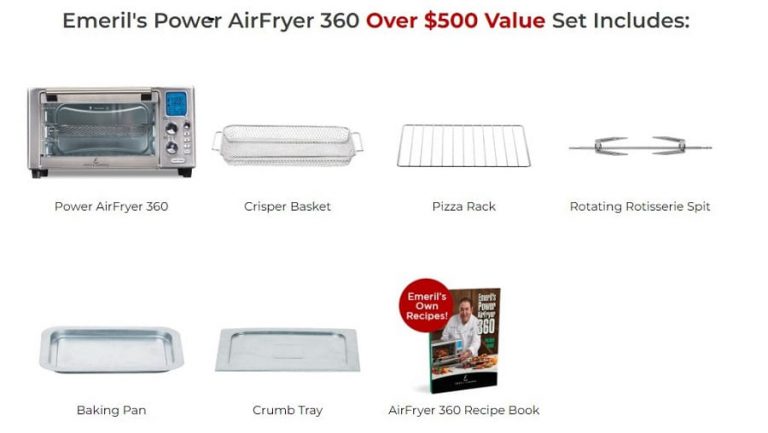
A. If you’re looking for a convection oven with a built-in rotisserie, we recommend the Cuisinart TOA – 130, Emeril Lagasse Power Air Fryer Oven 360, or PowerXL Air Fryer Grill.
The oven has a high-performance convection system and a powerful rotisserie motor. It also comes with many handy accessories, such as a drip tray, rotisserie spit, and forks.
Q. Can You Use the Convection Roasting Oven for Cooking Food on a Grill?
A. Yes, you can use the convection roasting oven for cooking food on a grill. The convection heat will help evenly cook the food, while the grill marks will add flavor and texture. Just be sure to use a grill pan safe for the oven, such as one made of ceramic or enameled cast iron.
Q. What’s the Best Way to Clean a Convection Oven?
A. The best way to clean a convection oven is to remove any food or grease from the cooking surface.
- You can do this by using a damp cloth or a non-abrasive cleaner. Next, you’ll want to clean the oven’s interior, including the fan blades.
- You can do this by wiping the surfaces with a damp cloth or using a mild cleaning solution. Finally, clean the outside of the oven, as well.
- You can use a damp cloth or a non-abrasive cleaner on the exterior surfaces.
Q. Should I Always Use Convection Bake?
A. The answer to this question depends on your personal preferences. If you like crispy, evenly-cooked food, then convection bake is a great option.
However, if you’re baking something delicate or looking for a more traditional bake, you might want to stick with a regular one. Ultimately, it’s up to you to decide which method you prefer.
Bake Vs. Convection Bake – The Winner
There are a few critical differences between convection bake vs bake. So, which baking method should you use? It depends on what you’re trying to achieve with your recipe. Convection bake is the way to go if you need evenly cooked food. However, a regular bake may be better if you’re looking for a slow-cooked flavor.
Whether convection bake or regular bake, there are a few tips to keep in mind to help ensure success. By following these tips, you’ll be sure to create a delicious dish no matter which method you choose.
- How Long To Bake Salmon At 425 in Foil? - December 11, 2022
- How Long To Cook Chuck Roast In Oven At 350? - December 11, 2022
- How Many Chicken Wings Are In A Pound? - November 26, 2022
